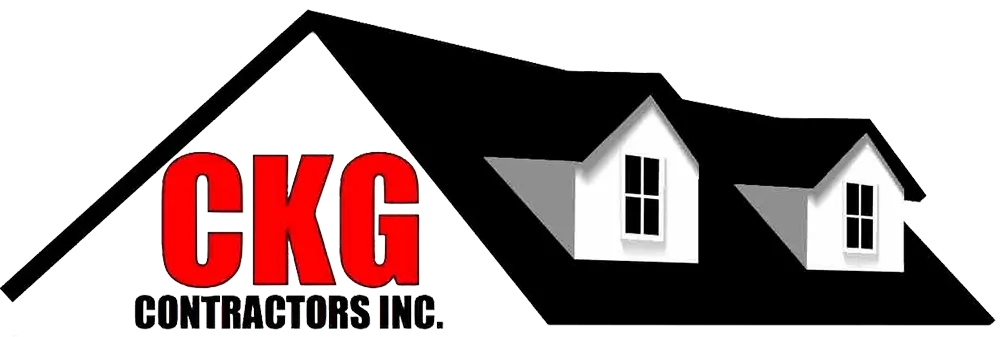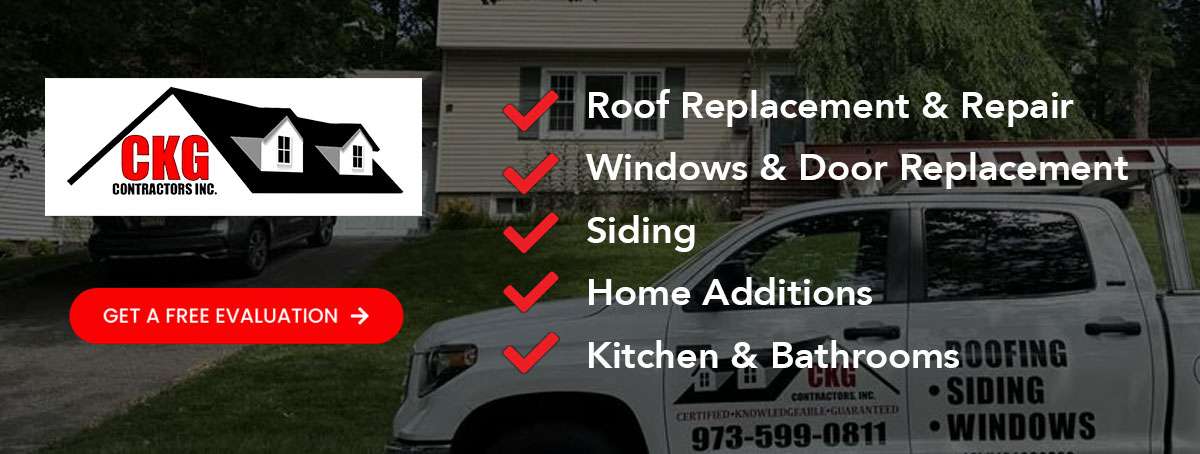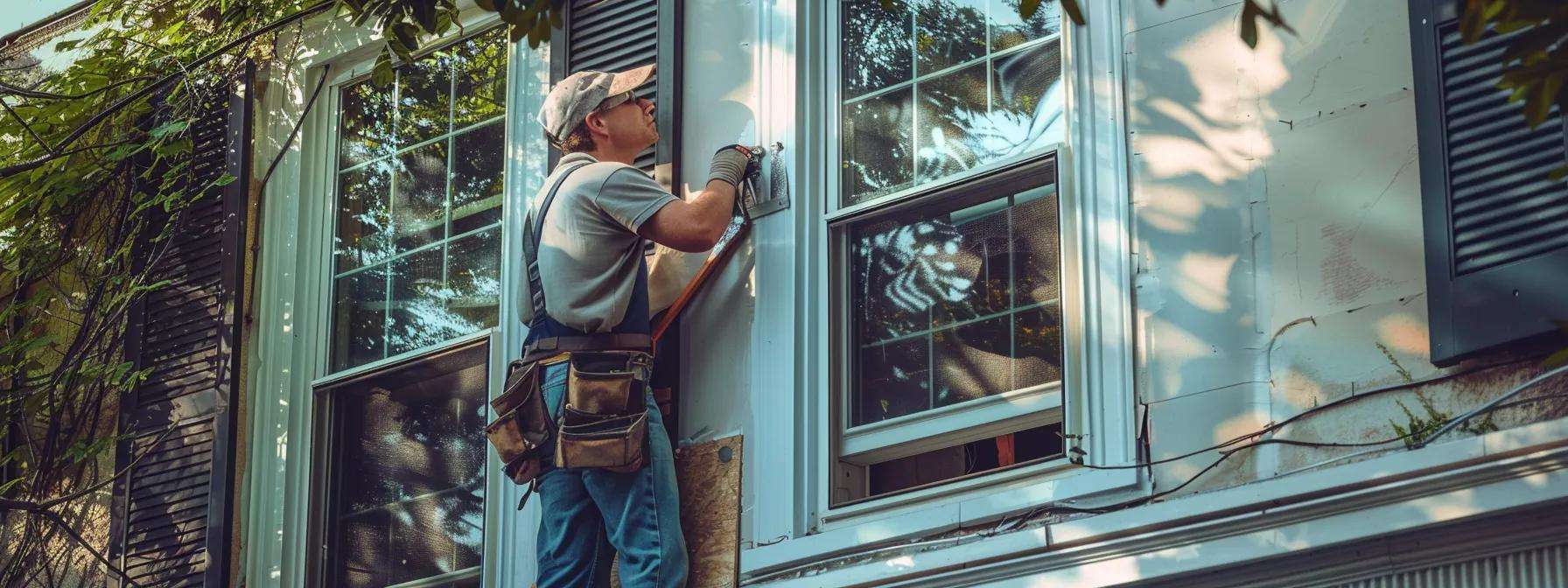
Table Of Contents:
- What Are the Historic District Regulations for Window Replacement in New Jersey?
- How to Choose the Right Replacement Windows for Old Jersey Homes?
- What Are the Steps for Professional Window Installation in Historic Districts?
- How Can Homeowners Get Support With Permitting and Compliance?
- Why Choose Local New Jersey Experts for Historic Window Replacement?
- What Are the Costs and Benefits of Replacing Windows in Historic Jersey Homes?
- How to Maintain and Care for Replacement Windows in Historic Districts?
- Frequently Asked Questions
Homeowners in historic districts of New Jersey face a unique set of challenges when replacing windows in their beloved, timeless properties. The window replacement process in these areas is governed by strict historic district regulations and guidelines to ensure that any modifications respect the historical integrity and architectural character of the community. In this article, I will provide a comprehensive guide on navigating these regulations, selecting the right replacement windows, and achieving professional installation while remaining compliant with local historic preservation standards. As someone from CKG Contractors, Inc., with over two decades of experience in home renovation and improvement in Parsippany and its surrounding areas, I understand the delicate balance between modern functionality and historical authenticity. We will examine everything from which historic preservation commissions oversee window changes to maintenance practices that help preserve these installations for future generations. This article is designed to help homeowners understand the entire process—from the permitting phases and style guidelines to installation best practices, financial considerations, and long-term window care.
We begin by looking at the historic district regulations, which detail the style, materials, and methods that must be adhered to in order to maintain the charm and character of old Jersey homes. Often, these regulations require that any window replacements reflect the original design of the home. For example, if your home features original wood window frames with a traditional bay or bow window layout, the replacement must mimic the design in both appearance and material. I will then elaborate on how to choose replacement windows that not only meet these standards but also provide modern energy efficiency—a critical concern for both comfort and cost savings. Additionally, we will delve into the complete process of professional window installation, covering everything from the initial measurements to the moment the new windows are sealed in place, always keeping in mind the importance of compliance with historic district guidelines.
Understanding the dynamics of window replacement in historic districts can transform a seemingly daunting home improvement project into an opportunity to enhance the aesthetic and energy performance of your property without compromising its historical appeal. Matching the exact proportions, materials, details, and finishes of the original windows ensures that your home retains its heritage while benefiting from modern insulation and durability improvements. In the sections that follow, I will break down these complex processes into manageable steps, provide practical advice, and include examples that demonstrate the benefits of proper window replacement in historic areas.
Transitioning now to the specific requirements and guidelines under New Jersey’s historic district window replacement regulations, we will explore the oversight, detailed style guidelines, and necessary steps to obtain and complete permits. This is followed by guidance on how to select the right replacement windows, install them correctly, and maintain them for longevity. Each section is written with precision and care to offer actionable recommendations that can help transform your home renovation experience.
What Are the Historic District Regulations for Window Replacement in New Jersey?
Historic district regulations in New Jersey aim to preserve the original aesthetic and architectural coherence of historic neighborhoods. These regulations protect the cultural heritage of the community by ensuring that any renovations, including window replacement, are in keeping with the historic character of the area. Historic Preservation Commissions, typically established by local municipalities or county governments, enforce these guidelines with strict criteria regarding window styles, materials, and treatments.
Which Historic Preservation Commissions Oversee Window Changes?
Historic preservation commissions in New Jersey operate at a local level, often managed by township boards, county planning departments, or specific district preservation committees. Their primary role is to evaluate proposed changes such as window replacements for compliance with local preservation guidelines. These commissions review applications for permit approval to confirm that the design, size, material, and style of the proposed replacement windows match the historical integrity of the building. For example, if a historic home originally features wood-framed windows with divided lights, the commission may require that the replacement windows replicate this look using similar materials or approved alternatives that mimic wood aesthetics.
Review by these commissions involves detailed architectural evaluations. Homeowners might be required to submit sketches, color samples, and material specifications that illustrate how the new windows will maintain or enhance the period character of the property. In some cases, the commission may mandate that the new windows be custom-made to reflect the home’s historical period. Often, a consultant or contractor with expertise in historic preservation is recommended to ensure that the design meets permissible guidelines and that the project proceeds smoothly.
What Are the Common Guidelines for Window Styles and Materials?
The common guidelines for window replacements in historic districts focus on replicating or complementing the original look and feel of the building. These guidelines typically require:
- Material Consistency: Replacement windows must use materials that closely resemble those originally used, such as wood or historically acceptable composites. Even when using modern materials like fiberglass or vinyl, they must have finishes and textures that simulate the appearance of traditional wood.
- Design Authenticity: The window style, including shapes such as bay, bow, awning, or double-hung, must be maintained. Architectural details like muntins (divided lights) and proper glass proportions are frequently specified.
- Color and Finish: The external color and interior finish should be in harmony with the historic palette of the building, ensuring that both the frames and the trim maintain historically accurate colors and do not detract from the traditional appearance.
- Structural Elements: The design must not compromise the structure of the building; the installation must include proper sealing, thermal insulation, and moisture barriers while still preserving original moldings and facades.
Homeowners should be aware that deviations from these guidelines can result in permit delays or denials. It is often advised to engage a window company in North Jersey or a local expert familiar with historic restoration standards to provide custom solutions that meet both modern technology requirements and historical authenticity.
How Does the Permitting Process Work for Historic Window Replacement?
The permitting process for historic window replacement involves several steps to ensure compliance with local historic district guidelines. It typically begins with a preliminary consultation where homeowners discuss their plans with a preservation expert or contractor experienced with historic renovations. Once the project is outlined, a detailed application is submitted to the local preservation commission or historic district board. This application usually includes:
- Comprehensive project plans with technical drawings.
- Material samples, color swatches, and visual renderings.
- Documentation of historical research, particularly if custom or replica windows are to be installed.
After submission, the preservation commission reviews the application. This review period can vary from a few weeks to several months based on project complexity. Homeowners may need to attend a public hearing where the proposed changes are discussed and feedback is provided.
Once all requirements are met, the commission issues a permit authorizing the work. During construction, periodic inspections may be required to ensure ongoing compliance. Any modifications during construction might require further approvals. This careful, multi-layered process balances modern needs with historic preservation while delivering modern benefits like energy efficiency and improved functionality.
How to Choose the Right Replacement Windows for Old Jersey Homes?
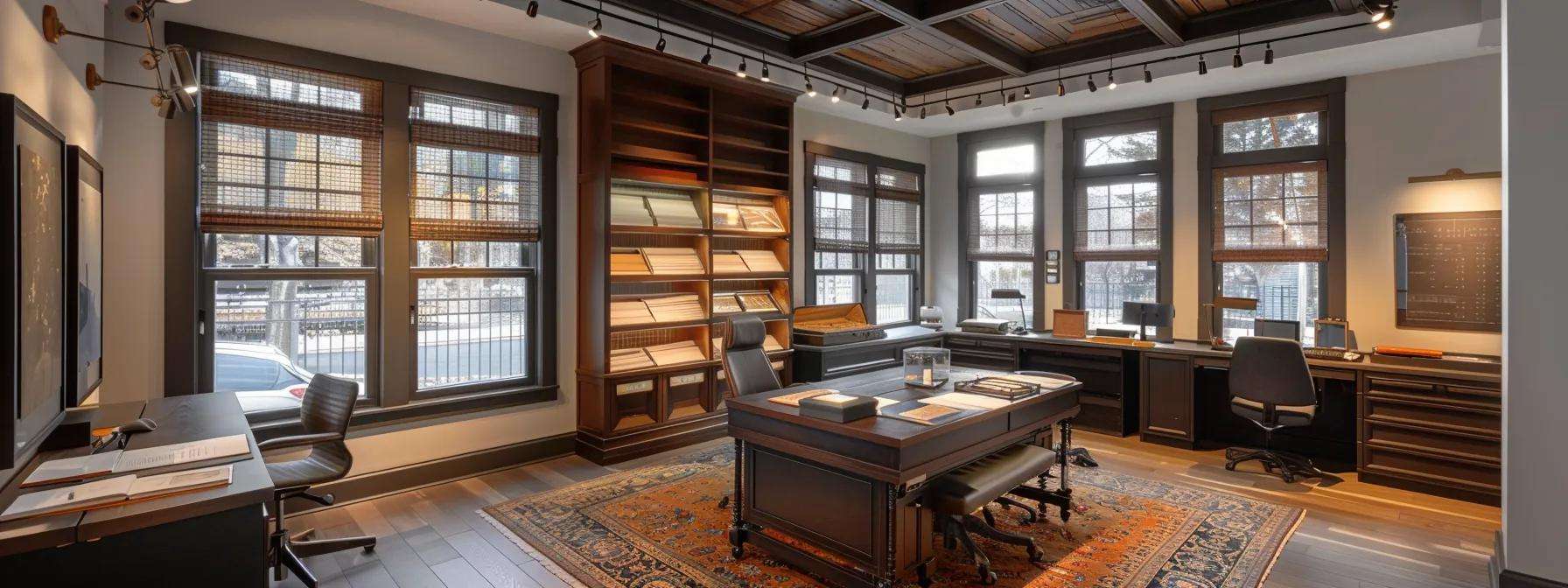
Selecting the right windows replacement in New Jersey for historic homes is critical to maintaining both authenticity and improved performance. The decision process involves balancing style, material, functionality, and strict compliance with historic district guidelines.
What Window Styles Match Historic Jersey Home Designs?
The appropriate window style for historic Jersey homes often involves designs that mimic the traditional aesthetics of the period when the home was built. Many of these houses feature design elements such as double-hung windows, sash windows, or segmented arches that add elegance and symmetry to the facade. Homeowners should identify the original window style and seek modern equivalents that provide similar visual cues.
Maintaining the historic look may require custom manufacturing, especially if standard options do not replicate the period details. Options like simulated divided lites or reproductions of traditional wood window designs are available. These choices help preserve the architecture while often improving insulation and durability compared to aging materials.
In making your selection, consider the impact on curb appeal and energy performance. Energy Star-rated windows designed to mimic classic profiles can offer modern benefits such as enhanced thermal insulation and reduced noise levels, all while preserving your home’s character. Consulting with a window company in NJ experienced in historic projects can help review options that blend traditional design with modern efficiency.
Which Materials Are Best for Authenticity and Durability?
Choosing the right materials is crucial. While historic homes were originally built using wood, modern replacement windows need not be 100% wood. Today, wood-clad windows or engineered wood are popular because they combine the authentic look of wood with enhanced durability and low maintenance. Options include:
- Wood: Offers unmatched authenticity, especially when stained or painted to match the original design, though it requires regular maintenance.
- Fiberglass: Provides high durability, low maintenance, and excellent energy performance while being finished to look like traditional wood.
- Vinyl: Modern vinyl replacement windows come in styles that replicate older designs and require less upkeep.
- Aluminum-Clad Windows: These mimic older designs while providing superior strength and longevity.
Custom replacement windows are often the best choice for historic homes because they allow for precise replication of historic proportions and details. Working with a reputable contractor who understands both historic preservation and modern technology is essential for achieving an authentic look with optimal performance.
When Is Custom Manufacturing Necessary for Historic Windows?
Custom manufacturing is often required when standard windows do not meet the strict design criteria set by local historic preservation guidelines. If your home has unique window shapes like bay or bow windows or distinctive details like ornate muntins and sashes, off-the-shelf solutions may not suffice. Custom manufacturing allows you to:
- Recreate historical designs that match your home’s period architecture.
- Ensure that dimensions, profiles, and details are accurately replicated.
- Work with materials that simulate the beauty of traditional windows while offering modern benefits such as improved insulation and weather resistance.
Although custom windows typically come at a higher initial cost, they are a worthwhile investment as they enhance curb appeal, maintain historical consistency, and can improve resale value. Energy savings and reduced maintenance costs over time can offset the higher upfront price.
Below is a table summarizing the key attributes of different materials suitable for historic window replacement:
What Are the Steps for Professional Window Installation in Historic Districts?
Professional window installation in historic districts involves critical steps to ensure that new windows are installed properly while preserving a building’s historic integrity. As a professional contractor experienced in historic home improvement, I outline the process below.
How Do Experts Ensure Compliance During Installation?
Experts start by meticulously measuring existing window openings and confirming structural requirements, including load-bearing considerations and the integrity of original framing. A detailed assessment of the current window condition and surrounding masonry or trim is performed to ensure the new installation does not disrupt existing architectural features. Contractors familiar with New Jersey’s historic district regulations follow a strict checklist that includes:
- Verifying dimensions and alignment of the new windows.
- Coordinating with local historic preservation guidelines.
- Making necessary adjustments for architectural details like sills, jambs, and moldings.
During installation, professionals use techniques to minimize damage to the existing structure. For example, they often remove and later reinstall original trim and moldings, and they use proper energy-efficient sealing practices without compromising the historic look. Regular on-site inspections and collaboration with local preservation commissions further ensure that every aspect of the installation meets both legal and aesthetic standards.
What Are the Best Practices for Preserving Historic Window Integrity?
Best practices for preserving historic windows include several specialized techniques:
- Custom Fabrication: Use windows fabricated specifically to match the original design, including historical proportions, divided lites, and authentic trim details.
- Protective Measures: During removal, protect historic frames, moldings, and surrounding features using careful masking and dismantling techniques.
- Modern Upgrades: Integrate modern weatherproofing and thermal insulation methods into the historic design with interior retrofits or hidden insulation techniques.
- Reversible Modifications: Where possible, use reversible installation methods so that the new windows can be removed in future restoration projects.
- Documentation: Maintain detailed records of original conditions and any modifications made, which is essential for historical preservation and future resale.
How to Avoid Common Installation Mistakes in Historic Homes?
Common installation mistakes in historic homes often result from unauthorized modifications or using one-size-fits-all solutions. To avoid these errors, experienced contractors:
- Conduct detailed pre-installation surveys to ensure custom windows fit precisely.
- Constantly verify compliance with local historic preservation rules to avoid fines and costly rework.
- Use skilled removal techniques to protect historic trim and sashes.
- Employ proper sealing and insulation practices to maintain energy efficiency and prevent moisture issues.
- Perform regular inspections and maintain thorough documentation to catch and correct potential errors early.
Below is a table summarizing the common steps and considerations during professional window installation in historic districts:
How Can Homeowners Get Support With Permitting and Compliance?

Navigating the permitting and compliance landscape in historic districts can be challenging for homeowners unfamiliar with local regulations or preservation guidelines. Fortunately, many support services are available to guide homeowners through the process and avoid permit delays, legal complications, or costly mistakes.
What Services Help Navigate Historic District Permitting?
Professional permitting services and historic window replacement consultants specialize in guiding homeowners through the regulatory maze. These providers work closely with local historic preservation commissions and government entities to ensure that every required form, design visual, and material sample is properly submitted. Major services include:
- Consultation Services: Expert consultations provide homeowners with a clear roadmap of permit requirements and conduct pre-application assessments.
- Custom Application Preparation: Many service providers manage the entire permit application, from drafting detailed architectural drawings to compiling necessary documentation.
- Liaison and Advocacy: These professionals act as intermediaries between homeowners and local preservation boards, advocating on behalf of the homeowner during public hearings.
- Project Management: From scheduling pre-inspections to overseeing final compliance surveys, these services ensure that the project adheres to all guidelines.
How to Work Effectively With Local Historic Preservation Commissions?
Effective cooperation with local historic preservation commissions is critical. Homeowners should:
- Research Local Guidelines: Understand the specific requirements, restrictions, and preferred materials used in their district by reviewing past permit applications for insights.
- Prepare Detailed Documentation: Submit clear sketches, material samples, and color swatches that accurately reflect the planned changes.
- Establish a Collaborative Attitude: Approach the commissions with respect and willingness to adapt, engaging in constructive dialogue if revisions are requested.
- Hire Experts: Working with experienced contractors or consultants in historic renovations can smooth discussions with the board and streamline the permitting process.
What Documentation Is Required for Window Replacement Approval?
Documentation typically includes:
- Detailed Architectural Drawings: Include dimensions, elevations, and cross-sections that show how new windows integrate with existing structures.
- Material Samples: Provide samples or photographs of the proposed window frame material, finishes, and hardware.
- Project Narrative: A written explanation detailing the historical significance of the existing windows and how the new windows will preserve or enhance the historical character.
- Historical Research: Documentation such as historical photographs or blueprints to verify the design’s authenticity.
- Compliance Checklists and Permit Applications: Standard forms provided by the local commission must be completed.
- Energy Efficiency Certifications: Documentation of modern improvements that enhance insulation and energy savings while retaining historical aesthetics.
Below is a summary table of the key documentation requirements:
Why Choose Local New Jersey Experts for Historic Window Replacement?
Homeowners considering historic window replacement projects in New Jersey greatly benefit from choosing local experts who specialize in this unique field. Local professionals possess in-depth knowledge of New Jersey’s historic district regulations and the technical skills needed to deliver results that honor both heritage and modern performance.
What Makes Heritage Window Solutions Specialized in Historic Districts?
Heritage Window Solutions and similar local companies have built their reputation on a history of successfully managing window replacement projects in historic districts across New Jersey. Their specialization includes:
- Local Regulations Expertise: Intimate knowledge of strict guidelines imposed by historic preservation commissions.
- Custom Solutions: Bespoke window designs that match the original look of historic buildings while incorporating state-of-the-art energy-efficient technology.
- Skilled Craftsmanship: Experts skilled in traditional installation techniques essential for preserving historic details while enhancing durability.
- Proven Track Record: A portfolio of successful projects and positive client testimonials demonstrating their understanding of local climate, aesthetic trends, and regulatory requirements.
How Does Local Knowledge Benefit Your Window Replacement Project?
Local knowledge is crucial in ensuring the success of any historic window replacement project. Professionals familiar with the area can:
- Climate Considerations: Recommend window styles and materials that withstand New Jersey’s specific weather conditions, such as cold winters and humid summers.
- Regulatory Navigation: Ensure all necessary documentation is prepared accurately, aiding in seamless project approvals.
- Supply Chain Advantages: Access materials that match historic specifications quickly and reliably.
- Personalized Service: Offer a level of service that larger companies may not match, contributing to the preservation of local heritage.
What Are Customer Experiences With Historic Window Replacement in NJ?
Customer feedback in New Jersey consistently highlights the benefits of working with local experts, noting that new windows blend modern energy efficiency with the traditional look of their historic homes. Key points include:
- Timely Project Completion: Projects are completed on schedule with minimal disruption.
- Detailed Craftsmanship: High-quality, replica designs that maintain historic aesthetics.
- Improved Comfort and Savings: Noticeable improvements in insulation leading to reduced energy bills.
- Smooth Permit Navigation: Expert support results in faster approvals and fewer delays.
- Personalized Solutions: Tailored window replacements that respect the home’s historic character.
- Clear Communication: Transparent and frequent updates throughout the project build homeowner confidence.
Below is a table summarizing key aspects of customer experiences:
What Are the Costs and Benefits of Replacing Windows in Historic Jersey Homes?
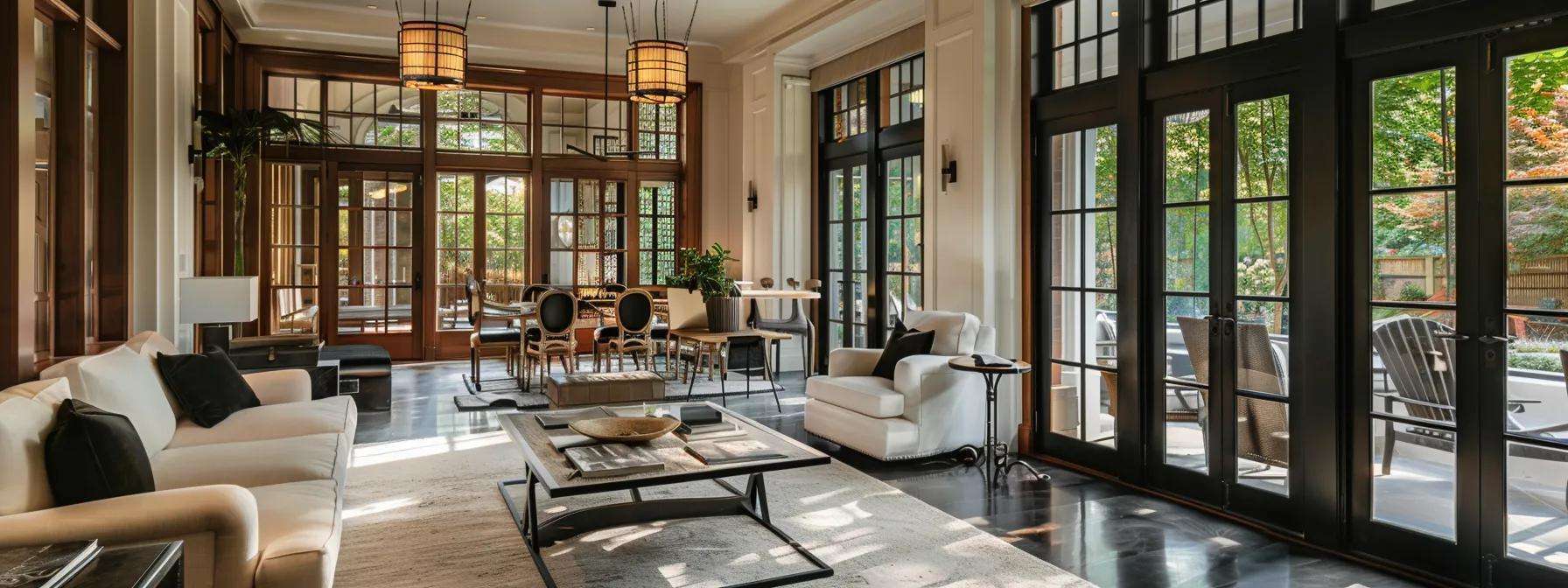
Replacing windows in historic homes involves both costs and benefits that require balanced consideration. While custom or high-end replica windows typically require a higher initial investment compared to standard replacements, the long-term advantages in energy efficiency, increased property value, and preserved historical integrity often justify the expense.
How Much Does Historic Window Replacement Typically Cost?
The cost of replacing windows in historic homes in New Jersey varies widely based on factors such as the number and size of windows, customization requirements, and materials used. On average, costs can range from $800 to $2,500 per window for high-quality, custom-made replacements. More complex projects involving structural repairs, special coatings, or intricate designs may incur additional fees. Beyond materials and labor, permitting fees and necessary modifications to the existing structure should also be considered. Although the upfront cost may appear high compared to standard windows, the benefits in property integrity, energy savings, and aesthetic value can offset the investment.
Many homeowners find that financing options, tax incentives, or energy efficiency rebates help offset costs. The satisfaction of preserving historic character while enhancing modern performance often proves worthwhile.
What Are the Energy Efficiency Benefits of New Historic-Style Windows?
New windows, even when designed to mimic historical styles, bring significant energy efficiency benefits. Modern replacement windows typically offer:
- Improved Insulation: A superior thermal barrier compared to aging originals, reducing energy loss through drafts.
- Lower Utility Bills: Reduced heating and cooling costs translate into considerable savings.
- Reduced Environmental Impact: Enhanced thermal efficiency contributes to lower carbon emissions.
- Increased Comfort: Consistent indoor temperatures and reduced noise levels improve overall living conditions.
Studies indicate that installing energy-efficient windows can reduce heating and cooling costs by up to 15%–20%, an important improvement in older homes not designed for modern thermal performance.
How Does Window Replacement Affect Home Value in Historic Districts?
Replacing windows in a historic home enhances both energy efficiency and curb appeal, positively affecting property value. In historic districts, potential buyers may pay a premium for homes that combine updated, energy-efficient features with authentic architectural charm. Benefits include:
- Enhanced Aesthetic Appeal: Accurate window replacements significantly improve visual appeal.
- Improved Energy Performance: Energy-efficient windows offer lower operating costs and greater comfort.
- Preservation of Historical Integrity: Maintaining a property’s original character enhances appraisal values.
- Long-Term Savings: Reduced energy and maintenance costs lower the total cost of ownership.
- Market Differentiation: A well-preserved historic home with modern upgrades stands out in competitive markets.
Below is a table summarizing the cost-benefit analysis of historic window replacements:
How to Maintain and Care for Replacement Windows in Historic Districts?
Maintaining replacement windows in historic districts is essential for ensuring their efficiency and preserving your home’s aesthetic charm. While modern, high-quality windows are built to last for decades, proper care and regular upkeep are vital, especially in historic structures where environmental exposure can affect traditional materials and finishes.
What Are the Best Maintenance Practices for Historic-Style Windows?
The best maintenance practices involve a combination of routine cleaning, periodic inspections, and timely repairs. Homeowners should:
- Regular Cleaning: Use gentle, non-abrasive cleaners on a regular basis to maintain clarity and appearance.
- Seal/Caulk Inspection: Periodically check window frames for deteriorating seals, cracked caulk, or water leaks, and reapply caulking every few years.
- Lubrication: For operable windows, ensure that hinges, tracks, and locks are regularly lubricated to maintain smooth operation.
- Weatherproofing: Apply weatherproofing treatments to exposed wood surfaces to protect against harsh weather.
- Professional Inspections: Schedule at least annual inspections by a professional contractor to detect issues such as rot, insect infestation, or structural deterioration early.
How to Identify and Address Common Window Issues Early?
Early identification of issues—such as drafts, condensation, rust, rot, or misaligned sashes—is key to preserving both window performance and appearance. Regular inspections should check the seals, frame integrity, and hardware. Address any signs of increased condensation or difficulty in window operation immediately through minor repairs, such as re-caulking or hardware replacement, to prevent more extensive damage.
When Should You Schedule Professional Window Inspections?
Professional window inspections should ideally be scheduled annually, preferably during mild weather such as in spring or fall. These inspections help assess seal integrity, hardware performance, and overall weatherproofing. If you notice a sudden increase in energy bills or excessive condensation in winter, an earlier inspection is warranted.
Below is a table outlining a suggested maintenance schedule and key tasks for historic-style replacement windows:
Frequently Asked Questions
Q: How do I know if my historic home’s windows require custom replacement rather than standard off-the-shelf options? A: If the original windows feature unique profiles, intricate moldings, or specific proportions critical to preserving the home’s character, custom replacement is typically necessary. Standard options may not accurately replicate the design, leading to diminished aesthetic value and potential permit issues. Consulting with a local historic window expert can help determine the best approach.
Q: What are the main benefits of using energy-efficient replacement windows in historic homes? A: Energy-efficient windows help reduce heating and cooling costs, improve indoor comfort, and lower your carbon footprint. Although they offer modern performance, these windows can be custom designed to maintain historic aesthetics through improved insulation and modern sealing techniques that ensure consistent indoor temperatures and reduced exterior noise.
Q: How long does the permitting process typically take when replacing windows in a historic district? A: The permitting process can vary, generally taking several weeks to a few months depending on the completeness of your submission, the complexity of the guidelines, and the workload of the local historic preservation commission. Working with experienced professionals can often expedite the process.
Q: Can modern materials like fiberglass and vinyl be used for historic replacement windows without compromising authenticity? A: Yes, modern materials can be used if they are designed or finished to mimic traditional wood. Many manufacturers offer options that replicate the look and feel of period-accurate windows while providing enhanced durability and energy efficiency, as long as they meet local historic preservation guidelines.
Q: What steps should I take if my new replacement windows start showing issues such as drafts or condensation? A: If problems appear early, schedule a professional inspection to diagnose the issue. Common problems like failing seals or misaligned sashes should be addressed immediately through minor repairs, and regular maintenance can prevent minor issues from escalating into costlier repairs.
Q: How does choosing a local window replacement contractor benefit my historic home project? A: Local contractors bring specialized expertise in navigating historic district guidelines, possess in-depth knowledge of local materials and regulations, and can often complete projects more efficiently. Their familiarity with local commissions and permitting processes ensures compliance while preserving your home’s historic essence.
Q: Are there any grants or incentives available to help offset the costs of historic window replacement in New Jersey? A: Some municipalities and preservation organizations offer grants, tax credits, or low-interest loans specifically for historic preservation projects. Additionally, energy efficiency incentives may be available at the state or federal level. It is advisable to research local programs and consult with your contractor regarding any benefits you might be eligible to receive.
